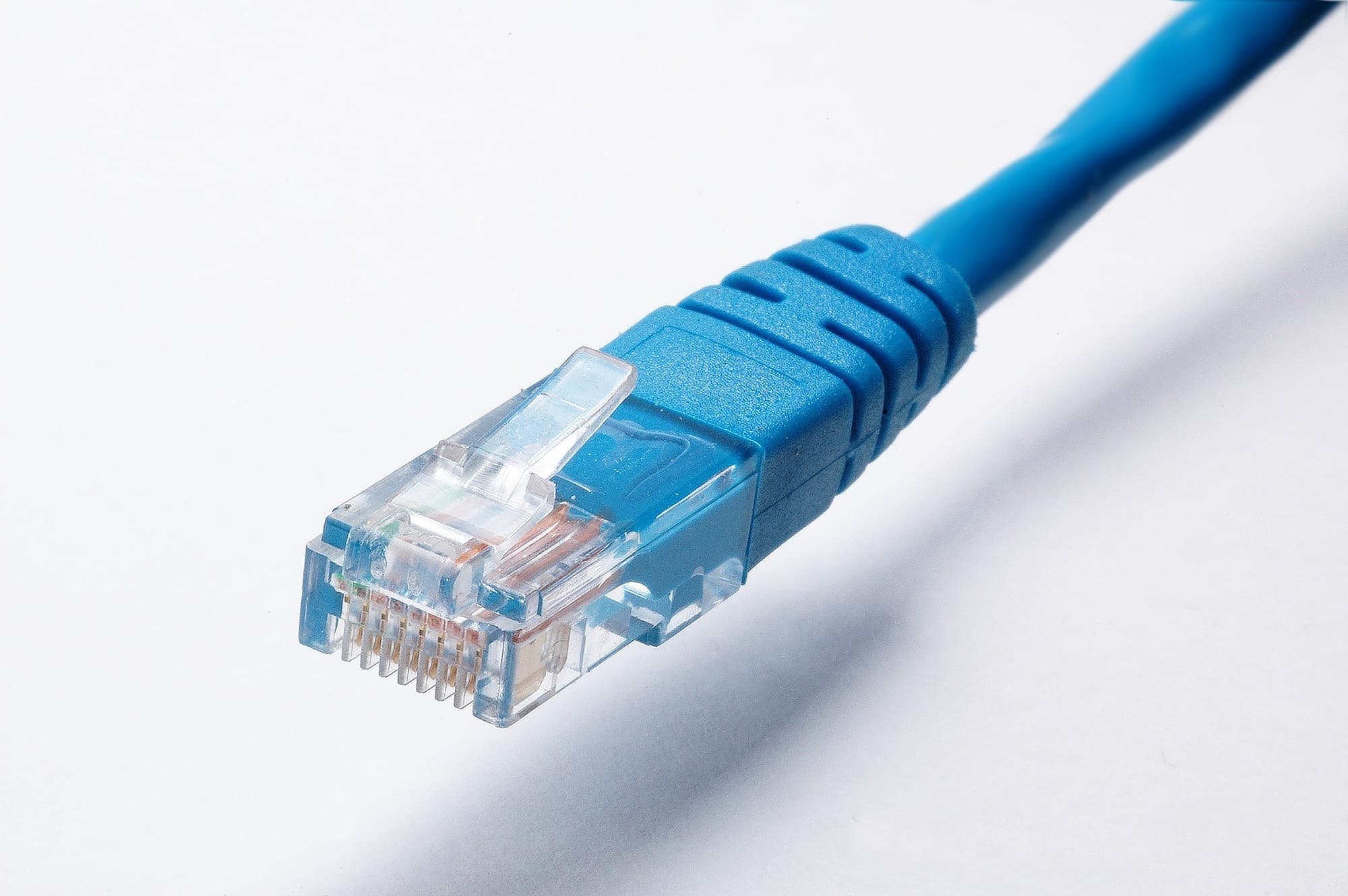
Powering Embedded PCs through Ethernet
Posted on June 26, 2020
A common problem faced when installing embedded computers is the mess of cabling required. Not only does each system need its own network connection, but also a source of power.
In a large industrial setup (like a server rack), these additional cables can quickly add up to the cost as well as the complexity of the installation, to say nothing about the aesthetic issues.
But what can be done about it? It is not like we can transfer data and electricity through the same cable, is it?
Actually, we can.
Through Power over Ethernet (PoE), both high-speed data and low-wattage power can be provided to a small device using a single connection.
But what is PoE? How does it work? What kind of devices can take advantage of it?
Let’s find out.
Power over Ethernet: Making Smart Technologies Possible
The recent proliferation of Internet-of-Things (IoT) devices has brought the dream of a smart, connected society closer to reality than it has ever been. But a constant hurdle in the widespread adoption of IoT is the setup required.
Wireless internet is seldom reliable enough to base a connected ecosystem on, which means each of those tiny devices has to be connected to ethernet cables. And power cables too, since even embedded systems with a small footprint need electricity to run.
That is where PoE comes in.
Power over Ethernet is a technology that enables the transmission of data and power simultaneously through an ethernet cable. PoE compatible devices can run through an ethernet connection alone, not requiring an AC power source.
Which Devices can use PoE?
Usually, Power over Ethernet technology is used to power IP cameras and wireless access points. But PoE is able to supply power ranging from as low as 15 W up to a maximum of 90 W.
While that may not be enough for an energy-guzzling desktop computer, it is more than enough for compact fanless systems that are used in various applications today.
Most embedded computer builds use energy-efficient processors that consume very little power even while handling the most intense workloads. In industrial surroundings, these computers eschew noisy (and power-hungry) fans in favor of simpler cooling systems that can keep the energy footprint low.
With modern integrated graphics, even heavy-duty video processing APUs can run easily on a 90 W supply, enabling PoE to be implemented in almost every commercial application.
Advantages of PoE
Many people wonder if going with Power over Ethernet is even worth it. After all, you can always just use traditional power supply as well, can’t you?
Not always.
Embedded computers are often deployed in situations where ensuring a proper AC power supply is difficult. Rugged PCs working in harsh conditions can seldom depend upon a stable power infrastructure for their electricity needs.
In contrast, ethernet cables are cheap and often already present due to network needs. By leveraging the existing ethernet framework to provide power to all connected devices, companies can cut costs significantly.
Furthermore, using ethernet cables to deliver power allows for small embedded computers to be deployed wherever required, without worrying about the location of power outlets. If the layout changes, they can also be repositioned easily since they are no longer ‘chained’ to an AC power socket.
PoE can make use of Legacy Frameworks
Many businesses already have a whole network of phone systems in their premises. These phone networks were once used to facilitate internal communication, but have been made redundant due to the advent of wireless internet.
But this existing cabling can be very easily repurposed into a Power over Ethernet setup. Injectors and splitters can be used to combine legacy hardware with more efficient networking devices where required and convert the network into a PoE compliant system.
This doesn’t only help you make efficient use of your existing installations, but also saves you quite a bit of expense that would be incurred on laying down fresh cabling for a new setup.
PoE is Easier to Install
Most embedded computers (and peripherals like wireless access points or IP cameras) have pretty low energy requirements. But as the wires supplying power to them are capable of carrying much higher loads, the installation of such systems needs a certified electrician – with his correspondingly high bill.
But ethernet cables, by design, are not capable of transmitting high voltages or currents. And with the PoE specifications, the amount of electricity rarely ever reaches 90 W.
As a result, ethernet cables are safe to handle without any cladding or special protective gear and require no electrical expertise to install. The IT team that carries out your network installation can easily prep things up for Power over Ethernet as well.
This cuts down on the installation time, as you don’t have to wait for an electrician to show up and coordinate with the network installation company as well. That it also saves some expense is just the cherry on the top.
